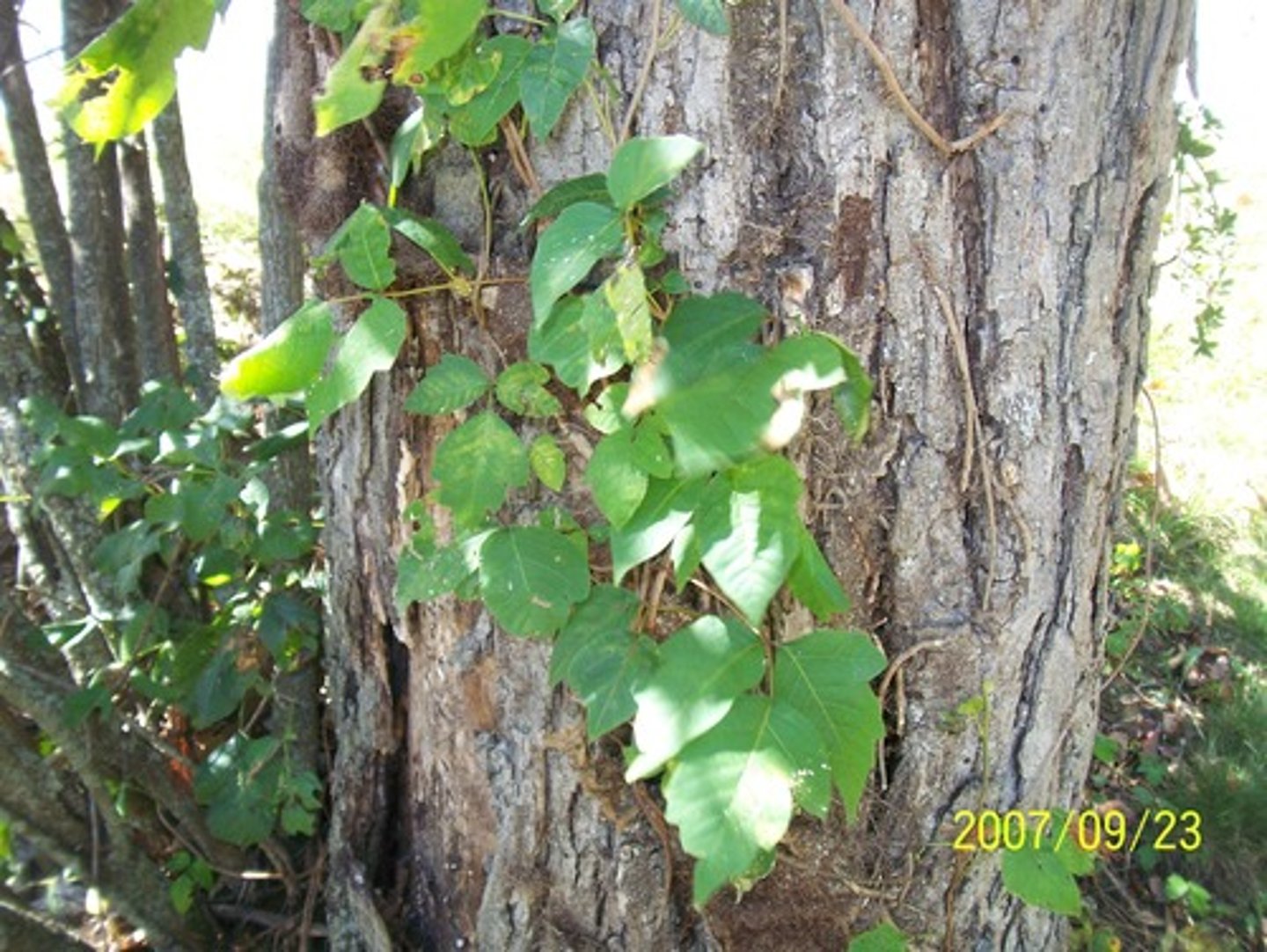0.0 Introduction Vocab
1/24
There's no tags or description
Looks like no tags are added yet.
Name | Mastery | Learn | Test | Matching | Spaced |
|---|
No study sessions yet.
25 Terms
astronomy
study of objects beyond Earth's atmosphere
lithosphere
Earth's rigid outer shell, including the crust and the solid, uppermost part of the mantle
hydrosphere
all the water in Earth's oceans,lakes, seas, rivers, and glackiers, plus all the water in the atmosphere
atmosphere
blanket of gases that surround the Earth that contains about 78% nitrogen, 21% oxygen, and 1% other gases such as argon, carbon dioxide, and water vapor.
biosphere
all of Earth's organisms and the environments in which they live
hypothesis
a suggested explanation for an observation often stated in the form of a question that can be answered by the results of an experiment
independent variable
factor that is manipulated (changed) by the experimenter in an experiment
dependent variable
factor in an experiment that can change if the independent variable is changed
control
standard for comparison in an experiment
How many centimeters are in a meter?
100
How many millimeters are in a centimeter?
10
How many meters are in 10 kilometers?
10,000
How many milliliters are in a liter?
1000
latitude
distance north or south of the Equator, measured in degrees
longitude
Distance east or west of the prime meridian, measured in degrees
Equator
An imaginary circle around the middle of the earth, halfway between the North Pole and the South Pole, 0' latitude
Prime Meridian
The meridian, designated at 0° longitude, which passes through Greenwich, England, connecting the north pole to the south pole.
contour line
A line on a topographic map that connects points of equal elevation
Topography
study of the shape of the land
Leave No Trace
Ethic requires that when recreating outdoors, people leave minimum impact on the resource.
fire ants
Invasive species that has a toxic bite and creates nests that look like sand piles on the surface.

Poison Ivy
an invasive plant that produces an oil which may cause an allergic reaction and cause an itchy rash.

GPS
A system that determines the precise position of something on Earth through a series of satellites, tracking stations, and receivers.
remote sensing
A method of collecting data or information through the use of instruments that are physically distant from the area or object of study.
relative frequency
A ratio that compares the frequency of each category to the total.